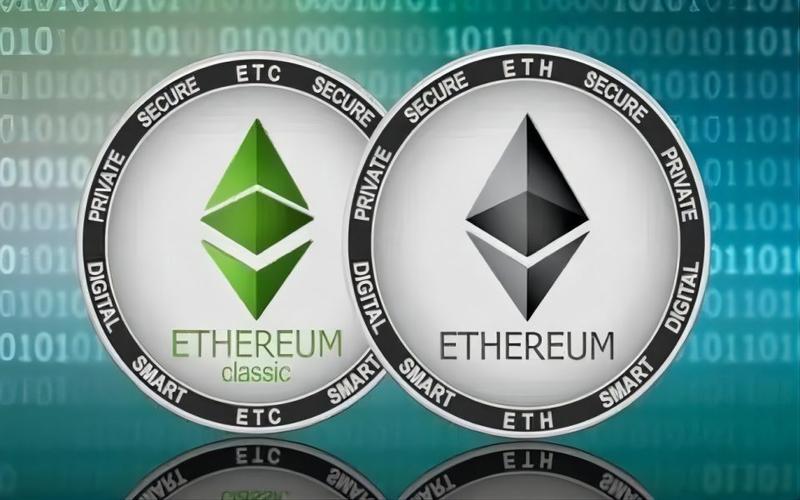
Understanding Ethereum (ETH): A Comprehensive Guide
Ethereum, often abbreviated as ETH, has emerged as a pivotal player in the world of cryptocurrencies. This guide aims to delve into the intricacies of Ethereum, exploring its origins, functionalities, and potential future developments.
Origins and Evolution
Launched in 2015, Ethereum was conceptualized by Vitalik Buterin, a Russian-Canadian programmer. It was designed as a platform that would not only serve as a digital currency but also enable the creation of decentralized applications (DApps) and smart contracts.

| Year | Event |
|---|---|
| 2013-2014 | Vitalik Buterin proposes the Ethereum concept |
| 2014 | Ethereum whitepaper is published |
| 2015 | Ethereum mainnet is launched |
| 2016 | Ethereum is hacked, leading to the loss of millions of ETH |
| 2017 | Ethereum 2.0 is proposed, aiming to improve scalability and efficiency |
Functionality and Use Cases
Ethereum operates on a blockchain platform that supports smart contracts, enabling developers to create decentralized applications. Here are some key functionalities and use cases of Ethereum:
- Smart Contracts: These are self-executing contracts with the terms of the agreement directly written into lines of code. They automatically enforce and execute the terms of an agreement, making transactions more secure and efficient.
- DApps: Decentralized applications run on the Ethereum network, offering services without the need for intermediaries. They range from financial services to gaming and social media platforms.
- Tokenization: Ethereum allows the creation of various types of digital tokens, including utility tokens, security tokens, and non-fungible tokens (NFTs).
Ethereum’s Native Currency: ETH
Ethereum’s native currency, ETH, serves multiple purposes within the Ethereum ecosystem:
- Transaction Fees: ETH is used to pay for transaction fees on the Ethereum network.
- Staking: Users can earn ETH by staking their ETH as part of the Ethereum 2.0 consensus mechanism.
- Investment: ETH can be bought and sold on cryptocurrency exchanges, making it a valuable investment asset.
Challenges and Future Developments
While Ethereum has gained significant traction, it also faces challenges. One of the most pressing issues is scalability, as the network struggles to handle a high volume of transactions. Ethereum 2.0 aims to address this by transitioning to a proof-of-stake consensus mechanism, which is expected to improve scalability and efficiency.
Other future developments include the integration of layer 2 scaling solutions, such as Optimism and Arbitrum, which aim to enhance the network’s performance without compromising its security.
Conclusion
Ethereum has revolutionized the way we think about digital currencies and decentralized applications. With its robust platform, innovative features, and growing community, Ethereum is poised to continue shaping the future of the blockchain industry.



